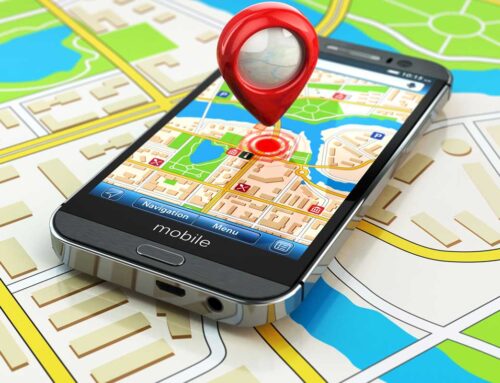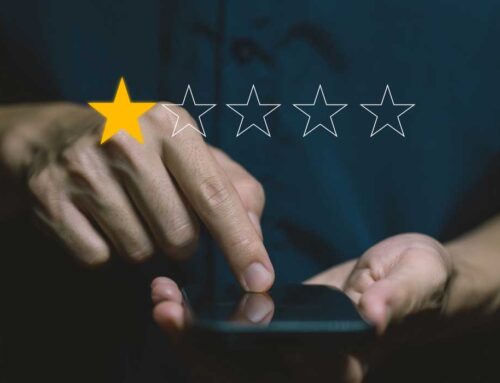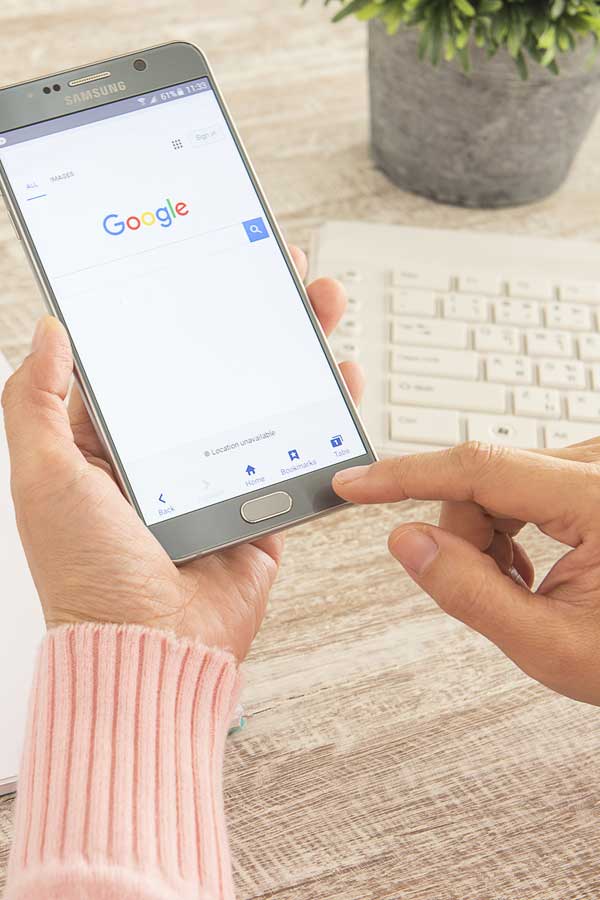Accessibility may not be something you give much thought to when creating your website. But we’re here to tell you, you should. The good news is that if you’ve created an SEO-friendly site, you’ve likely already implemented accessibility properties.
When you design a successful user experience (UX), you’re improving accessibility. But if you’re not sure what accessibility means, you may be leaving out some easy-to-achieve solutions.
Don’t fret; we’re giving you four ways you can improve your site’s accessibility today. So, let’s get to it.
What is Website Accessibility?
Accessibility simply means that everyone can gain access to something. It’s accessible, so all can benefit from it. Full stop.
Pertaining to your website, accessibility means anyone can understand what’s on your site pages, including those with disabilities.
And if you’re Google, accessibility is significant. Google believes everyone should have access to the web and be able to learn from and enjoy it. So, if you’re not Google, accessibility is significant.
Accessibility is necessary for those with disabilities, but it also enhances website understanding and ease of use for those without disabilities, contributing to the overall UX. From those who use mobile devices over a computer to those who’ve misplaced their glasses to those who are in a loud space to those who have a broken hand, optimizing for accessibility will help.
Accessibility is important because we all deserve access to the web, regardless of who we are, where we are, and what our bodies are capable of- both long-term and short.
The 5 Types of Accessibility Challenges
Disabilities come in many forms, so let’s run through them.
Visual conditions
Visual disabilities come in various severities, from mild prescriptions to blindness.
Common visual conditions that can disrupt site accessibility include:
- Color blindness- when color distinguishing is difficult or impossible
- Impaired vision- this can be blurred, near-sightedness, far-sightedness, and others
- Blindness- considerable to complete vision loss in both eyes
Auditory conditions
These also range in severity and can make understanding audio content challenging.
Common auditory conditions that can disrupt site accessibility include:
- Hearing loss- mild to moderate hearing dysfunction
- Deafness- considerable to complete hearing loss in both ears
Physical conditions
From consistent weakness to total immobility, several kinds of physical impairments can create problems when trying to use a website.
Common physical conditions that can disrupt site accessibility include:
- Arthritis
- Paralysis
- Missing limbs
- Parkinson’s disease
- Stroke
- Cerebral palsy
Speech conditions
AI, such as Siri, Alexa, and Google Assistant, are time-saving and can make life much easier; however, if you have a speech impairment that the software can’t recognize, that’s not likely the case.
Common speech conditions that can disrupt site accessibility include:
- Dysarthria- lip, throat, and tongue paralysis
- Muteness- inability to speak
- Deafness- often, with deafness, speech becomes difficult
- Stuttering- inability to create fluid speech
Learning conditions
When information can’t be processed as it’s meant to, whether due to a cognitive or neurological impairment, the learning process is compromised.
Common learning conditions that can disrupt site accessibility include:
- Autism
- Attention disorders, such as ADHD
- Disorders that affect memory
- Mental disabilities
- Dyslexia
Regardless of the disability, your user should be able to get to, navigate around, and understand what’s on your site.
How to Improve Accessibility on Your Site
If you need to make your site more accessible, it’s not difficult, and you can do it now with these four improvements.
Color contrast
Color contrast involves creating a significant light differentiation between the foreground and the background, making your content easier to see, read, and understand.
For instance, you wouldn’t put dark blue text over a black background. Even if you think the look is ideal for your brand, accessibility comes first.
Because we can all see colors differently, check out this Accessible Web tool that will give you color contrast metrics so you can ensure your color scheme is working for everyone. And this Color Contrast Analyser provides intel regarding how those with color blindness will see your page.
Easy navigation
Navigating your page should come easily for all users. Your navigation is part of the UX, and Google has algorithms to read it, so ensure your navigation throughout your site and within each page is structured.
Again, you may want to be edgy and put your navigation bar at the bottom of your page or use unique or irregular wording to call your pages. This may work with your brand, but will it help your users?
We’re all for creativity and originality, but don’t go overboard. Everyone needs a clear picture of what’s on your pages and how to get around your website.
Alt image text
For those with visual dysfunctions, alt image text is crucial to understanding what’s on a page. A screen reader will convert all content (text, images, links, etc.) to speech or braille. You should test out how this is done so you can experience it how your users will. You’ll be able to detect and fix any issues if you know exactly how the page is presented.
Note that any page elements without alt text won’t be described to the user. And remember, the more detailed you are, the better.
Test it out on your Mac computer with VoiceOver and on your Windows computer with NVDA (both free).
Use of headings
Headings play an important role in your UX, so you need to have them throughout your pages for every user that heads your way.
Headings do a lot, including:
- Break up your page
- Add visual stimulation
- Tell visitors what’s on the page
- Make it easy for users to find what they’re looking for
- Organize your page
This is all great, but for accessibility purposes, they also offer web browsers and assistive technologies an understanding of page navigation. So, your headings need to make sense.
If you think your site is ready to go and accessible to all, try using this Web Accessibility tool created by WAVE. You’ll get a lot of quality feedback that will enhance access.
Accessibility for All (Including You)
Ensuring your website is accessible to everyone is excellent for your visitors and Google (and its crawlers), and it improves your ranking.
If you’ve already created your site and need to implement some or all of these accessibility elements, take it page by page. Don’t get overwhelmed. And always keep in mind accessibility when creating new pages from here on out. With this, you’ll be moving in the right direction and can get a leg up on your competition.
If you’d like to learn more about improving your website through quality SEO practices and insight, book your free discovery call with Propel. We want to help you succeed online, so you can succeed offline.




![How to Write a Professional Chiropractic Bio [Template Included]](https://propelyourcompany.com/wp-content/uploads/write-a-bio-500x383.jpg)

